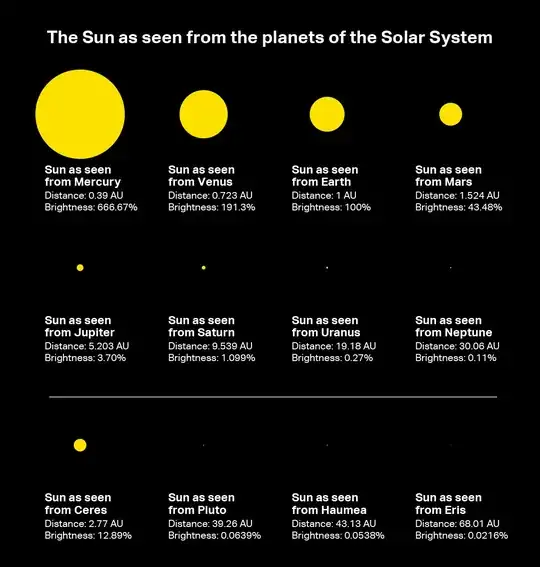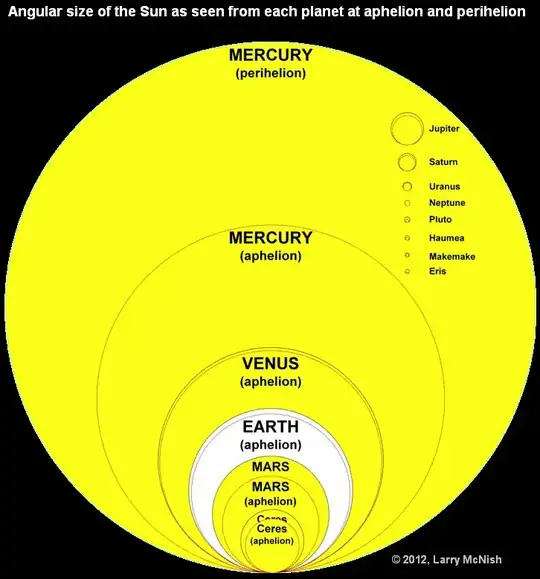I'm surprised no one has given this a more direct quantitative treatment, so here goes.
The perceived brightness at the Earth's surface is related to illuminance, or luminous flux per unit area. Direct sunlight at noon is about 100,000 lux.
Illuminance from a source follows the inverse square law: it is inversely proportional to the square of the distance to the source. A star at the zenith at a distance of 0.5 light years (about 31,620 AU, so 31,620 times further away than the Sun) therefore causes an illuminance 1/316202 ≈ 1/1,000,000,000 = 10-9 times that of the Sun. We can therefore expect about 100,000 / 109 = 0.0001 lux from one such star. Illuminance from multiple sources is additive, so 100 such stars (again, at the zenith) would give us 0.01 lux.
The stars are stated to be randomly distributed around the Earth, so they won't all be at the zenith at the same time. Illuminance is proportional to the cosine of the angle between the surface normal and the line between the surface and the source. The "average" illuminance of a collection of randomly distributed sources around a circle or sphere, relative to the illuminance if they were all at the zenith, is 1/π (this is the integral of the positive part of cos(θ), from θ = -π/2 to π/2, divided by 2π). So the total luminance of 100 randomly distributed stars is about 0.01/π ≈ 0.003 lux.
For comparison, the full moon gives us between 0.05 and 0.1 lux, and starlight gives us 0.0001 lux. Note that human perception of brightness is logarithmic (proportional to the logarithm of the illuminance).
There would therefore be no perceptible difference in brightness during the day, but the difference at night would often be noticeable, especially during a new moon or when the moon is below the horizon.
As for whether the stars would be visible during the day, maybe, just barely: the brightness of a single star at this distance corresponds to an apparent magnitude of -26.74 (Sun) + 5 log100 1,000,000,000 = -4.24. This is comparable to the mean brightness of Venus (-4.14) which is right at the edge of daytime visibility.

